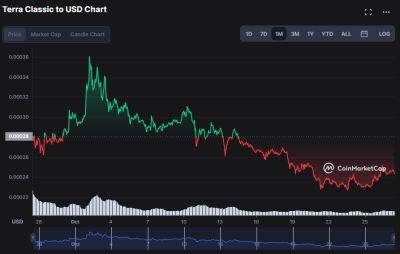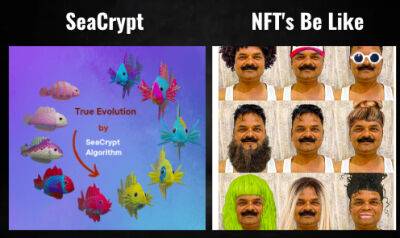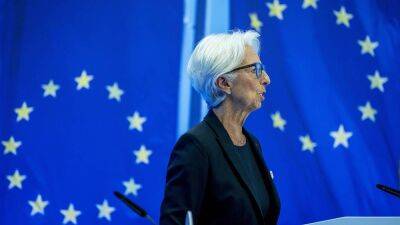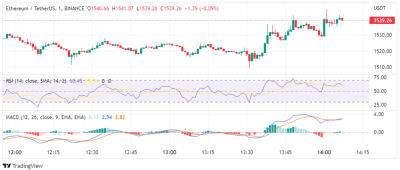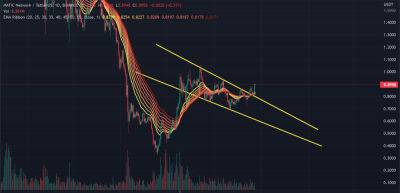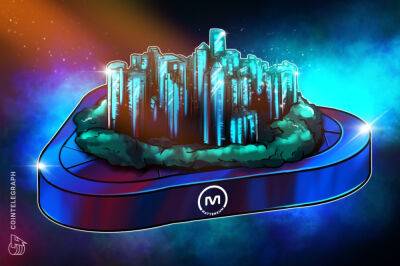Solana has a new punching bag in the NFT market, and it’s none other than…
Despite the bleak NFT action in 2022, trends continue to emerge from this market for two main guests. Firstly, Ethereum [ETH], the king altcoins and Solana [SOL], the so-called ‘Ethereum killer’. But did this killer have the strength to beat the king within the NFT battleground?
Was ETH really the king within the NFT market at press time? The press time statistics stated a different picture. Ethereum’s NFT volume in terms of dollar fell by ~90% from January, with average sales less than $1 billion per month in Q3. Simply put, sales averaged less than $1 billion per month in Q3 as compared to $4.6 billion in Q2.
Additionally, the decline highlighted not only aslowing market for NFTs, but also a drop in ETH’s price which most NFTs use as their base currency.
Here’s another surprise for the ETH NFT clan — but this time a good one indeed. Azuki, unlike other digital collectibles, saw a significant spark in sales volume due to the latest release. Following the release, the sales volume surged by nearly 1,168% as per data on CryptoSlam, registered >$2 million in sales.
In fact, it stood at the #1 spot on both CryptoSlam and OpenSea, the largest NFT market places.
Source: CryptoSlam
Now what led to this surge?
The popular NFT project Azuki released the PBT (Physical Backed Token) to bind real objects to the blockchain. PBT will use the BEAN chip, which can generate asymmetric key pairs, achieve decentralized authentication, and track ownership of physical items. The team behind this project took to Twitter to highlight this development.
<p lang=«en» dir=«ltr» xml:lang=«en»>Introducing the Physical Backed Token (PBT): an open source token standard tying a physical item to a digital token on the Ethereum blockchain. Read more on ambcrypto.com

 ambcrypto.com
ambcrypto.com